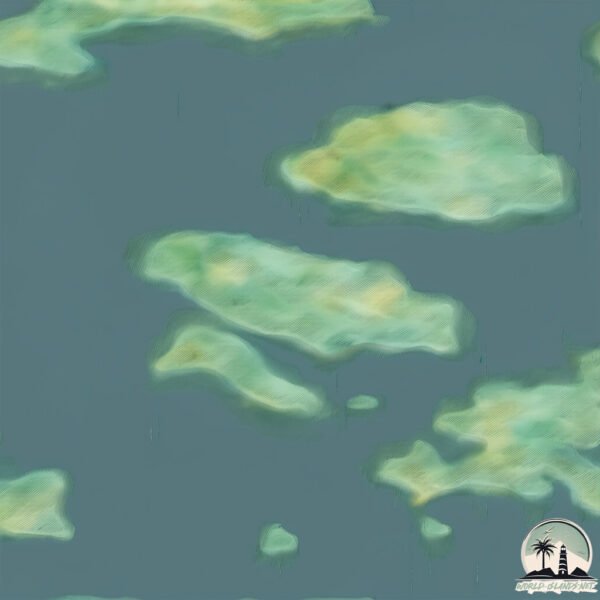Welcome to Mjoon , a Continental island in the Gulf of Bothnia, part of the majestic Atlantic Ocean. This guide offers a comprehensive overview of what makes Mjoon unique – from its geography and climate to its population, infrastructure, and beyond. Dive into the details:
Geography and size of Mjoon
Size: 2.61 km²Coastline: 9 kmOcean: Atlantic OceanSea: Gulf of BothniaContinent: Europe
Mjoon is a Small Island spanning 2.6 km² with a coastline of 9 km.
Archipel: –
Tectonic Plate: Eurasia – One of the world’s largest tectonic plates, the Eurasian Plate covers a significant portion of Europe and Asia. It’s characterized by diverse geological features, including the Ural Mountains, the European Plain, and the Himalayas formed from its collision with the Indian Plate.
The geographic heart of the island is pinpointed at these coordinates:
Climate and weather of Mjoon
Climate Zone: ContinentalClimate Details: Subarctic ClimateTemperature: Cold Summer
Climate Characteristics: Characterized by long, extremely cold winters and short, cool summers, often found in northern latitudes of North America and Eurasia.
Topography and nature of Mjoon
Timezone: UTC+01:00Timezone places: Europe/ParisMax. Elevation: 38 m Mean Elevation: 31 mVegetation: Deciduous Broadleaf ForestTree Coverage: 65%
The mean elevation is 31 m. The highest elevation on the island reaches approximately 38 meters above sea level. The island is characterized by Plains: Flat, low-lying lands characterized by a maximum elevation of up to 200 meters. On islands, plains are typically coastal lowlands or central flat areas.
Dominating Vegetation: Deciduous Broadleaf Forest
Vegetation: 4 vegetation zones – Diverse Island
Infrastructure and Travelling to Mjoon
Does the island have a public airport? no .
Does the island have a major port? no .
The mean population of Mjoon is 28 per km². Mjoon is Gently Populated. The island belongs to Sweden .
Continuing your journey, Hinderson is the next notable island, situated merely km away.
Justin Wellington - Island Moon (Official Music Video) feat. Jahboy
Official Music Video for Island Moon (Brooks & Dunn Cover) performed by Justin Wellington@JW-MyBestie feat ...
Justin Wellington - Island Moon (Official Music Video) feat. Jahboy
Official Music Video for Island Moon (Brooks & Dunn Cover) performed ...
Official Music Video for Island Moon (Brooks & Dunn Cover) performed by Justin Wellington@JW-MyBestie feat ...
Corporate video production Abu Dhabi - Moon Island Abu Dhabi 2019
The new campaign for an amazing getaway destination in Capital of UAE. ...
The new campaign for an amazing getaway destination in Capital of UAE. International creative Agency Easyshave Media ...
I found the real mako island moon pool and turned into a mermaid!
Sweden is classified as Developed region: nonG7: Developed economies outside of the Group of Seven, characterized by high income and advanced economic structures. The level of income is High income: OECD.
News – Latest Updates and Headlines from Mjoon
Stay informed with the most recent news and important headlines from Mjoon. Here’s a roundup of the latest developments.
Loading...
Please note: The data used here has been primarily extracted from satellite readings. Deviations from exact values may occur, particularly regarding the height of elevations and population density. Land area and coastline measurements refer to average values at mean high tide.

